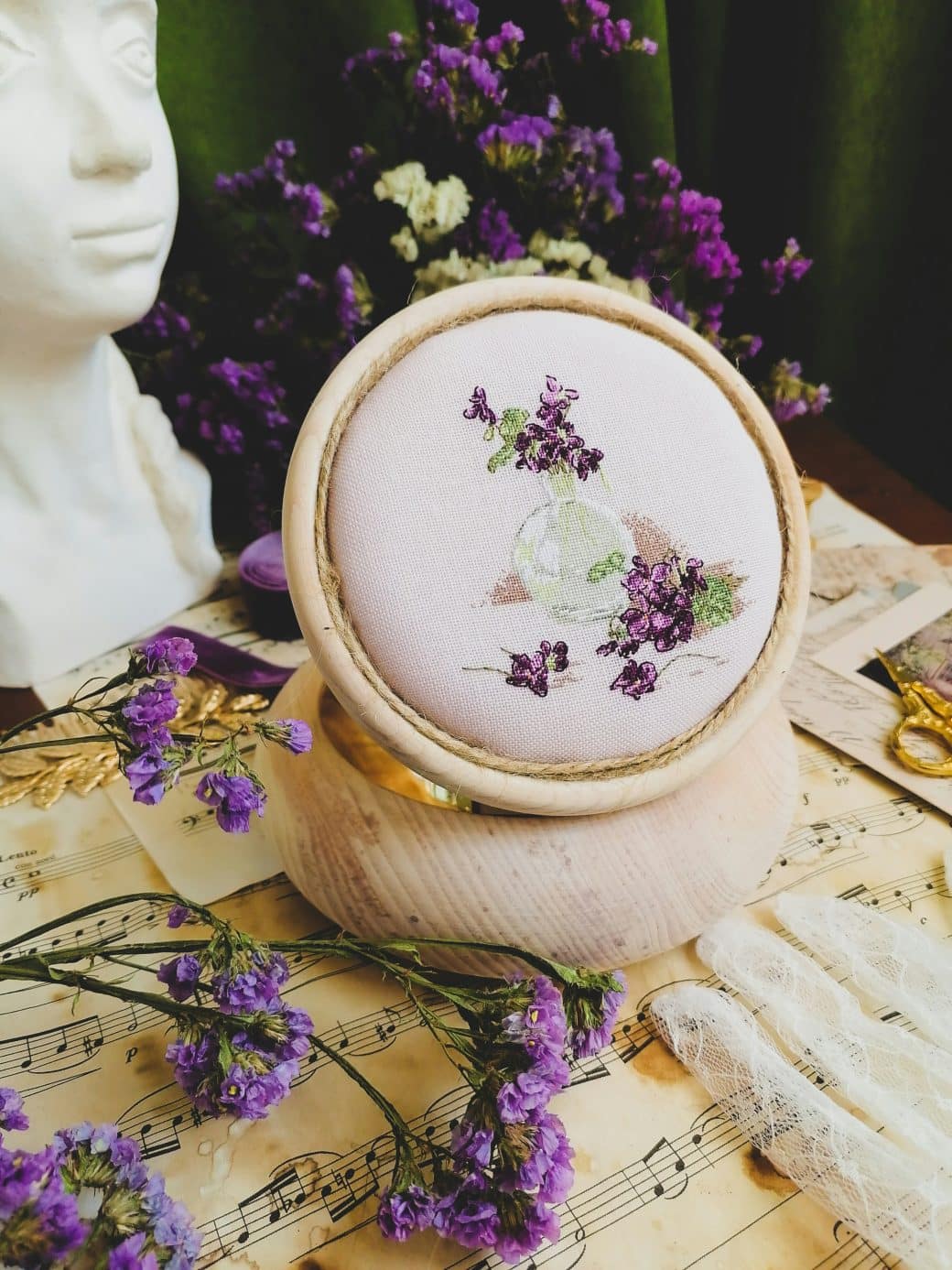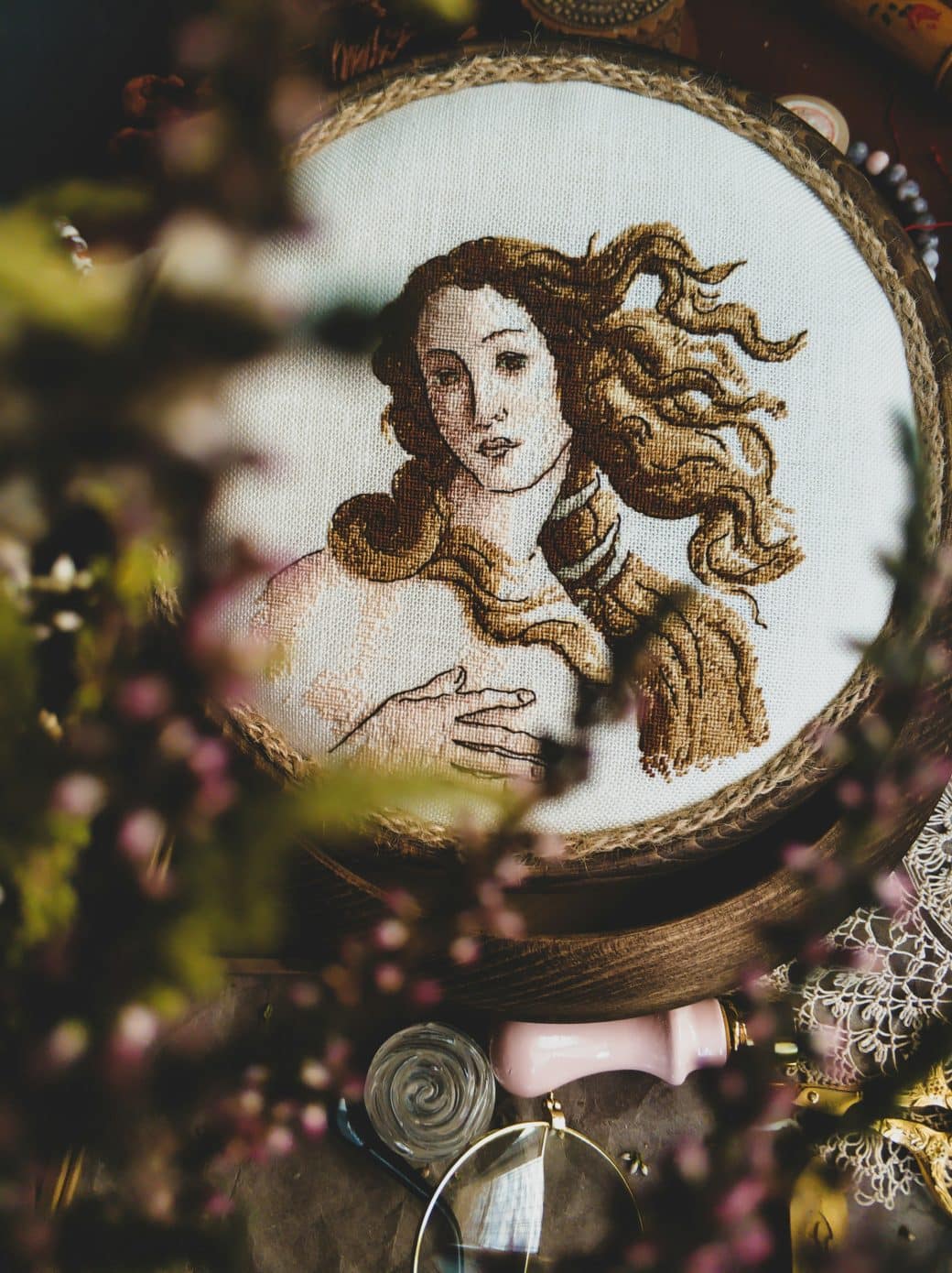So, let me take you through “Unveiling the Art of Needlework Patterns: A Comprehensive Guide.” This piece is where I lay everything on the table about the intricate world of needlework patterns. From the very basics that every beginner should know to the more complex designs that have seasoned crafters both excited and perhaps a bit intimidated, I’ve covered it all. Imagine it as your all-access pass to the behind-the-scenes of needlework, showing you not just how to execute these designs but to appreciate the artistry and history behind them. Let’s stitch our way through this, shall we?

Understanding the Basics of Needlework Patterns
Embarking on the journey of needlework patterns can be both exhilarating and a tad daunting. But hey, don’t worry! Let’s start with the basics to get you well acquainted with the splendid world of needlework.
Identifying various types of needlework
When I first dabbled in needlework, I discovered it’s an umbrella term for a variety of crafts including, but not limited to, embroidery, cross-stitch, knitting, crochet, and quilting. Each type has its unique charm and set of patterns, stitches, and techniques. It’s like picking a favorite ice cream flavor – hard to choose but delightful to explore.
Crucial terms in needlework patterns
Before you dive headfirst into a pattern, it’s essential to familiarize yourself with some key terms. For example, “count” refers to the number of stitches per inch, which determines the resolution of your work. “Backstitch” and “Chain stitch” are examples of specific stitches you’ll encounter. Knowing these terms feels like deciphering a secret code, and it’s thrilling when you finally understand the lingo!
Getting familiar with various needlework tools
The right tools in needlework are as important as a well-sharpened pencil to an artist. Needles, hoops, fabric, threads of various colors and textures, and pattern charts are your primary companions. Each project might require different tools, but starting with the basics will pave the way for a smoother journey into creating beautiful art with your hands.
The History of Needlework Patterns
Delving into the history of needlework patterns is like opening a treasure chest full of stories from the past.
The origin of needlework
Needlework’s origin traces back thousands of years, with evidence suggesting that ancient civilizations practiced forms of needlework for both practical clothing repairs and artistic expression. It’s fascinating to think about how, through centuries, needlework has been a silent narrator of human history and culture.
Evolution of needlework across centuries
The evolution of needlework patterns across centuries is a depiction of human creativity and adaptability. From the elaborate tapestries of the Middle Ages to the intricate samplers of the 19th century, each period has left its unique mark on needlework techniques and styles. It is awe-inspiring how these patterns have evolved but still connect us with our ancestors.
Notable historical needlework patterns
Some notable historical needlework patterns include the Bayeux Tapestry and the intricate laceworks of the Victorian era. These masterpieces not only showcase exceptional skill but also tell rich stories of their times, immortalizing moments of history in threads and stitches.
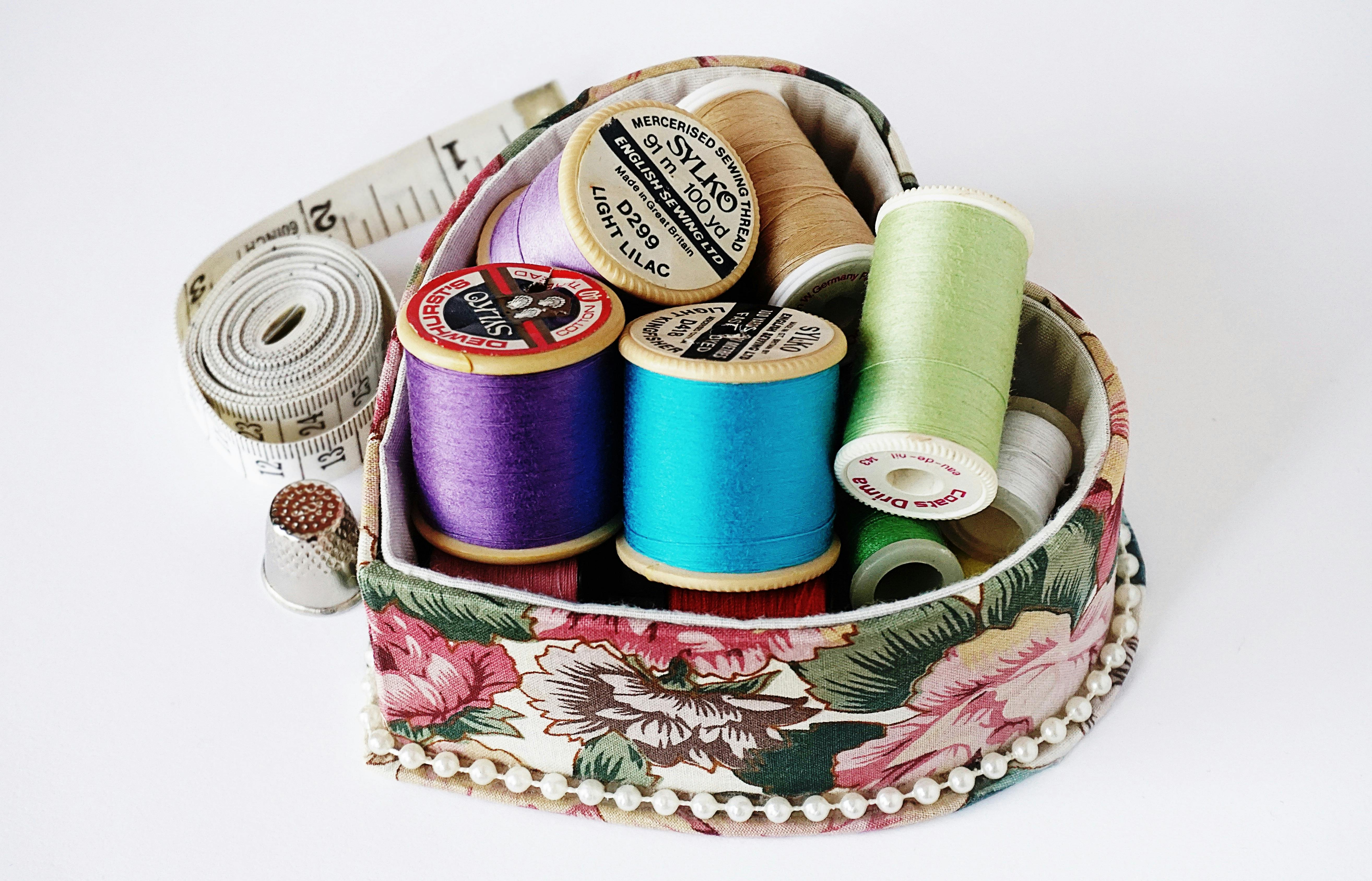
The Art Behind Designing Needlework Patterns
Designing needlework patterns is where creativity meets precision.
Envisioning and drawing your needlework pattern
The process starts with envisioning the design you want to create. It could be a vivid picture in your mind or inspired by something around you. Sketching it out allows for adjustments before the actual needlework begins, turning abstract ideas into a tangible blueprint.
Distilling ideas into clear patterns
Turning a creative vision into a clear, workable pattern requires distilling the essence of your design into stitches and colors. This step often involves choosing the right type of fabric and stitches to best convey your artistic intent. It feels like translating emotions and images into a language understood by needle and thread.
The use of colors in needlework patterns
Colors can dramatically affect the mood and aesthetics of a needlework piece. Selecting colors, therefore, is not just about beauty but also about ensuring they convey the right emotions and complement each other. This step can be as simple or as complex as you make it, but it’s always an adventure in aesthetics.
Common Types of Needlework Patterns
Knowing the different types of patterns can help significantly in planning your projects.
Importance of knowing different pattern types
Understanding the various pattern types enables you to choose the most suitable one for your project. It’s like knowing whether you’re baking a cake or cooking a stew – each requires a different approach and ingredients.
Comparison between counted and stamped needlework patterns
Counted patterns, where each stitch is counted out on a blank piece of fabric, offer more flexibility and a sense of adventure. Stamped patterns, on the other hand, provide a pre-printed guide which can be comforting for beginners. Both have their charms, depending on your personal preference and the project at hand.
Exploration of specialty and unique pattern types
Beyond the basic counted and stamped patterns lie the specialty types, such as three-dimensional patterns, which add a whole new level of texture and lifelikeness to needlework. Exploring these can expand your creative horizons and skills in fascinating ways.
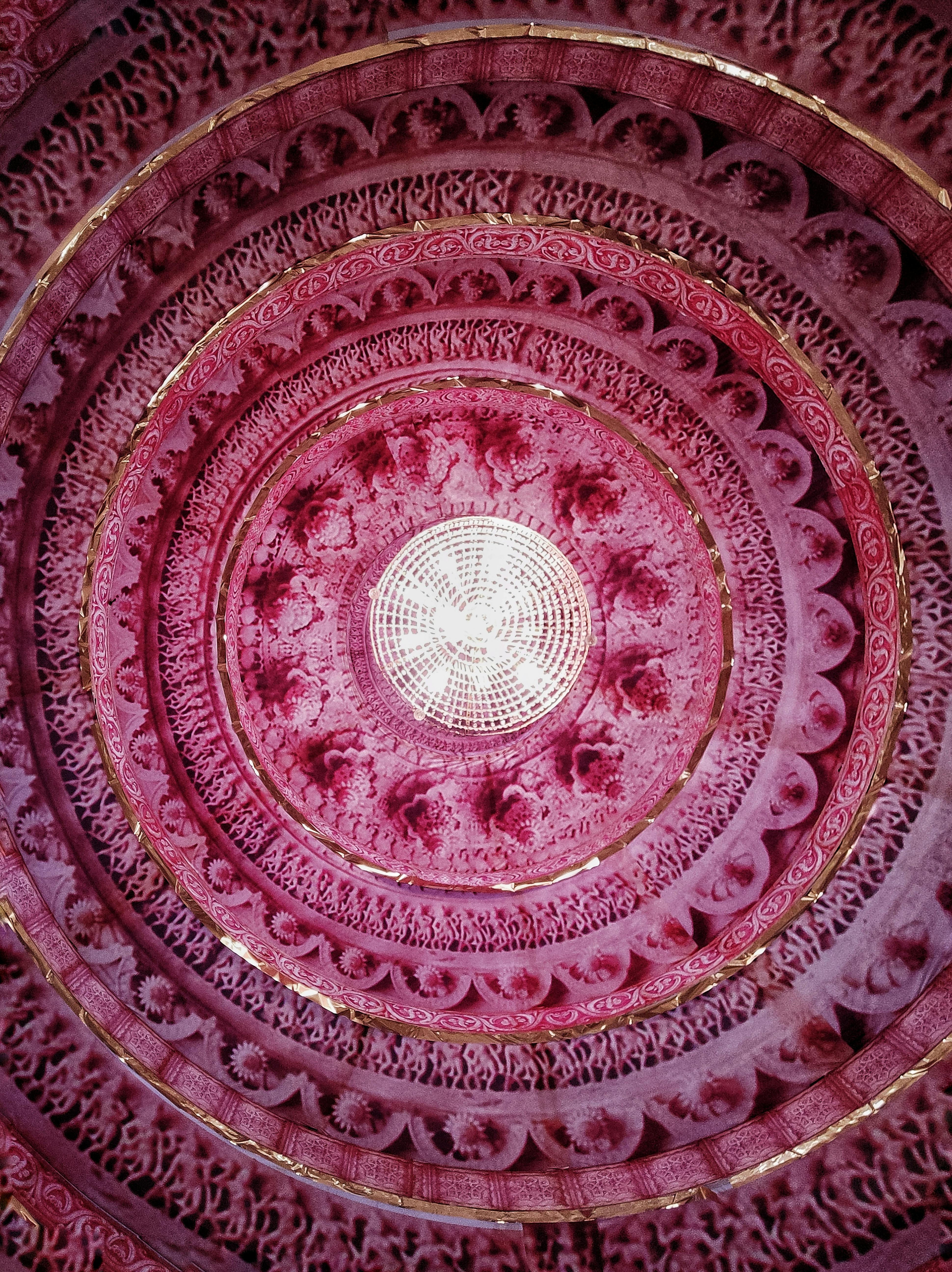
Deciphering Needlework Patterns
Deciphering needlework patterns is a skill that improves with practice.
Interpreting symbols on a pattern grid
Each symbol on a pattern grid corresponds to a specific stitch or color. Learning to interpret these symbols is crucial, akin to learning a new alphabet. Once mastered, it feels like a superpower, enabling you to bring intricate designs to life.
Reading and following pattern instructions
Pattern instructions are the roadmap to completing your needlework project. Following them carefully ensures that your project turns out as intended. It’s okay to feel a bit overwhelmed at first, but with patience and practice, it becomes second nature.
Addressing common confusions in patterns
Confusions in patterns are common, especially for beginners. Whether it’s about stitch counts or thread colors, remember that every crafter was once a beginner. Seeking help from more experienced crafters or online communities can provide clarity and confidence.
Creating Your First Needlework Pattern
Creating your first needlework pattern is an exciting milestone.
Choosing the right materials
Choosing the right materials is your first step. This includes selecting the fabric, thread, and needle that are appropriate for your pattern type and skill level. It feels a bit like gathering ingredients for a recipe – each one plays an important role in the outcome.
Step by step progression through a beginner pattern
Starting with a beginner pattern and progressing step by step allows you to build confidence and skills gradually. It’s similar to learning how to walk before you run. Take it stitch by stitch, and before you know it, you’ll have completed your first masterpiece.
Handling common issues and mistakes in first-timers
Common issues for first-timers can range from tangled threads to uneven stitches. Remember, mistakes are part of the learning process. Each mistake is an opportunity to improve. Embrace them, and don’t hesitate to ask for advice or look up solutions.
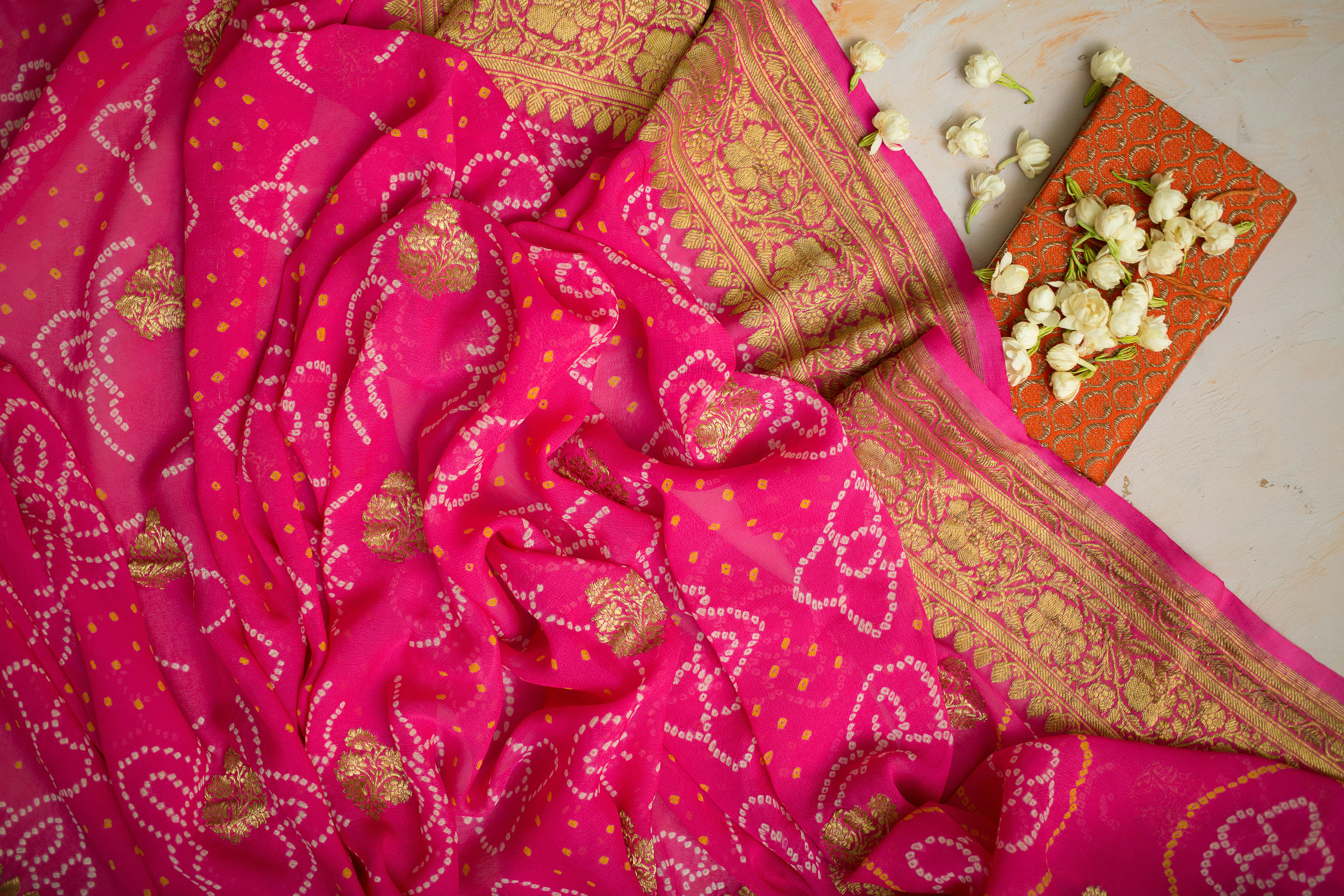
Advanced Techniques in Needlework Patterns
Once you’ve got the basics down, exploring advanced techniques can be thrilling.
Mastering complex stitches
Mastering complex stitches opens up a new realm of possibilities for your needlework projects. Each new stitch learned is like adding another tool to your toolkit, empowering you to tackle more intricate designs.
Incorporating textiles and beads into patterns
Incorporating textiles and beads into your needlework can add texture and dimension, making your work stand out. Experimenting with these elements is like cooking with exotic ingredients – it can transform something good into something extraordinary.
Exploring three-dimensional needlework patterns
Three-dimensional needlework patterns challenge the boundaries of traditional needlework, creating pieces that pop out and come to life. Diving into 3D patterns is akin to stepping into a new dimension of creativity.
Pattern Adaptation and Customization
Adapting and customizing patterns allow you to put a personal touch on your needlework.
Modifying existing patterns to personal taste
Modifying existing patterns to match your personal taste can be incredibly satisfying. It’s a bit like remixing a song, maintaining the essence while adding your unique twist.
Creating brand new patterns from scratch
Creating brand new patterns from scratch is the ultimate expression of creativity in needlework. It’s a journey from conception to execution, with each stitch reflecting your vision and ingenuity.
Troubleshooting and improving your adaptation procedures
Troubleshooting and improving your adaptations is an ongoing process. Each project teaches you something new, helping refine your technique and approach. It’s a never-ending cycle of learning and growing.
Caring for Your Needlework Patterns
Proper care ensures your needlework and patterns last for years to come.
Preserving finished needlework projects
Preserving finished needlework projects involves proper cleaning, framing, or storing. It’s like preserving memories; each piece holds a story worth keeping for generations.
Maintaining the quality of your pattern resources
Maintaining the quality of your pattern resources, such as books, charts, and digital files, is critical. Keeping them organized and in good condition helps ensure they remain accessible and usable for every new project you plan to start.
Restoration techniques for faded or damaged patterns
Learning restoration techniques for faded or damaged patterns can breathe new life into old works. It’s a way of connecting with the past and preserving the beauty of needlework arts for the future.
Resources for Needlework Patterns Enthusiasts
Finally, delving into resources can enhance your needlework journey.
Online communities and forums for learning and sharing
Online communities and forums are a treasure trove for needlework enthusiasts. They offer a platform to learn, share, and connect with fellow crafters worldwide. It’s like being part of a global craft circle, always there to inspire and support.
Recommended books and guides in needlework patterns
Books and guides offer in-depth knowledge and techniques in needlework patterns. They are your go-to for mastering new stitches, understanding pattern creation, and much more. It’s like having a mentor you can turn to anytime.
Stores and online shops for materials and pattern collections
Stores and online shops are your source for materials, tools, and pattern collections. Exploring these allows you to keep your toolkit stocked and discover new patterns to try. It’s the excitement of finding new treasures that can transform into beautiful creations with your touch.
Embarking on the needlework journey opens up a world of creativity, patience, and endless learning. Each stitch is a step towards mastering the art, each project a story woven with threads. Remember, the beauty of needlework lies not just in the finished piece but in the journey of creating it. So pick up your needle and thread, and let the adventure begin!

